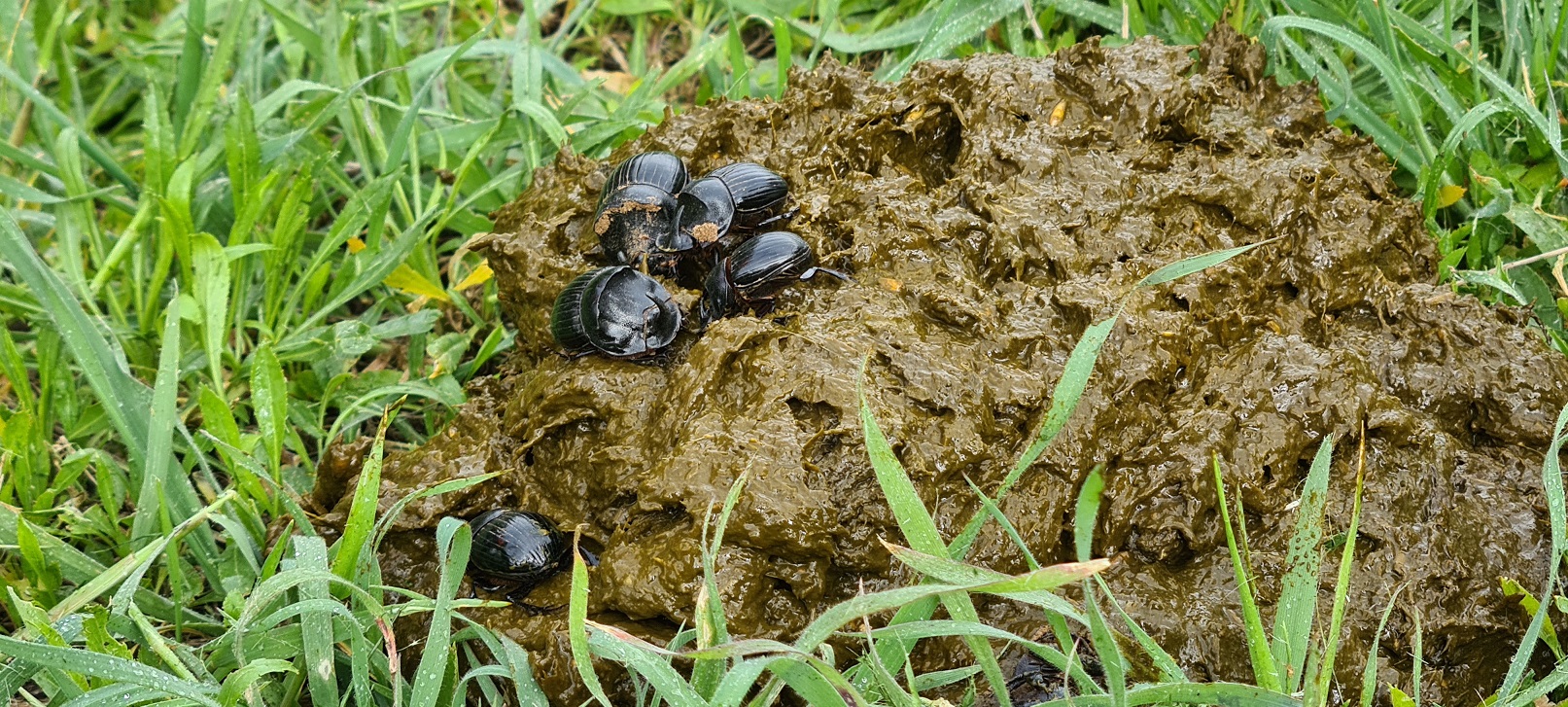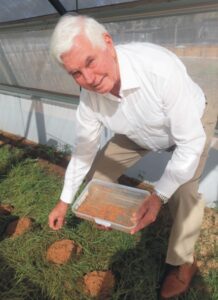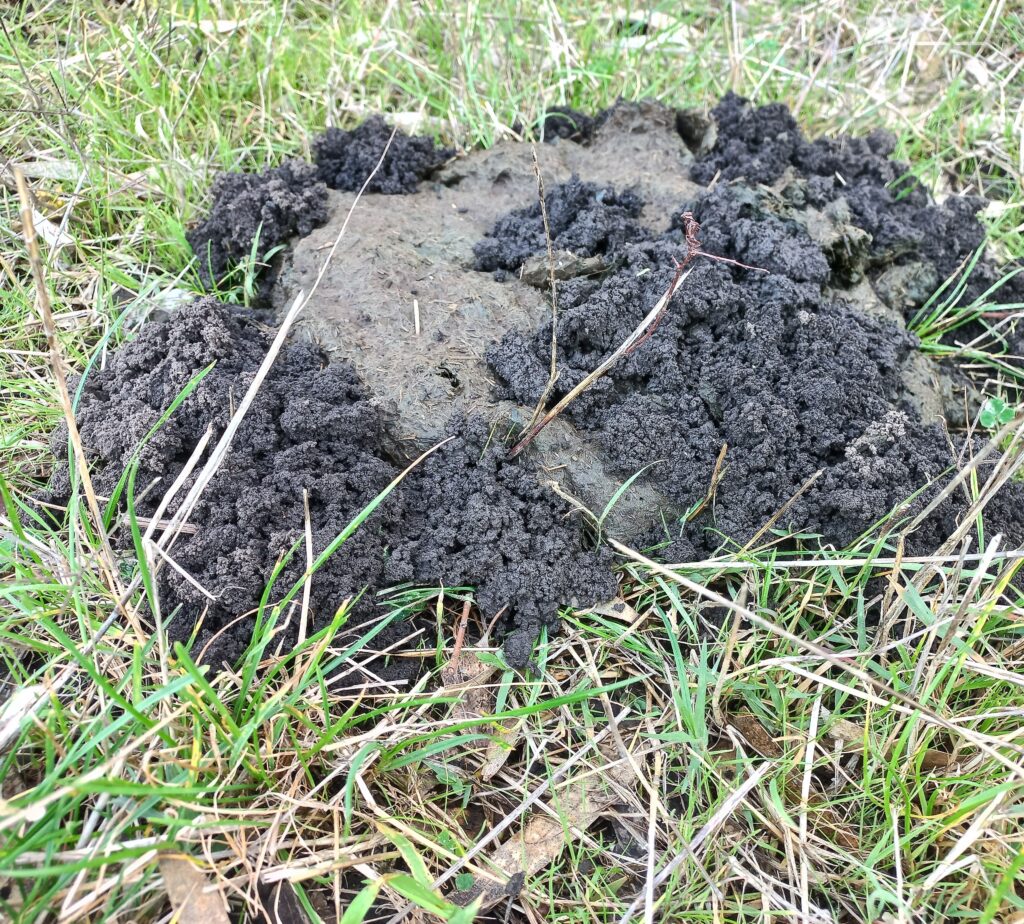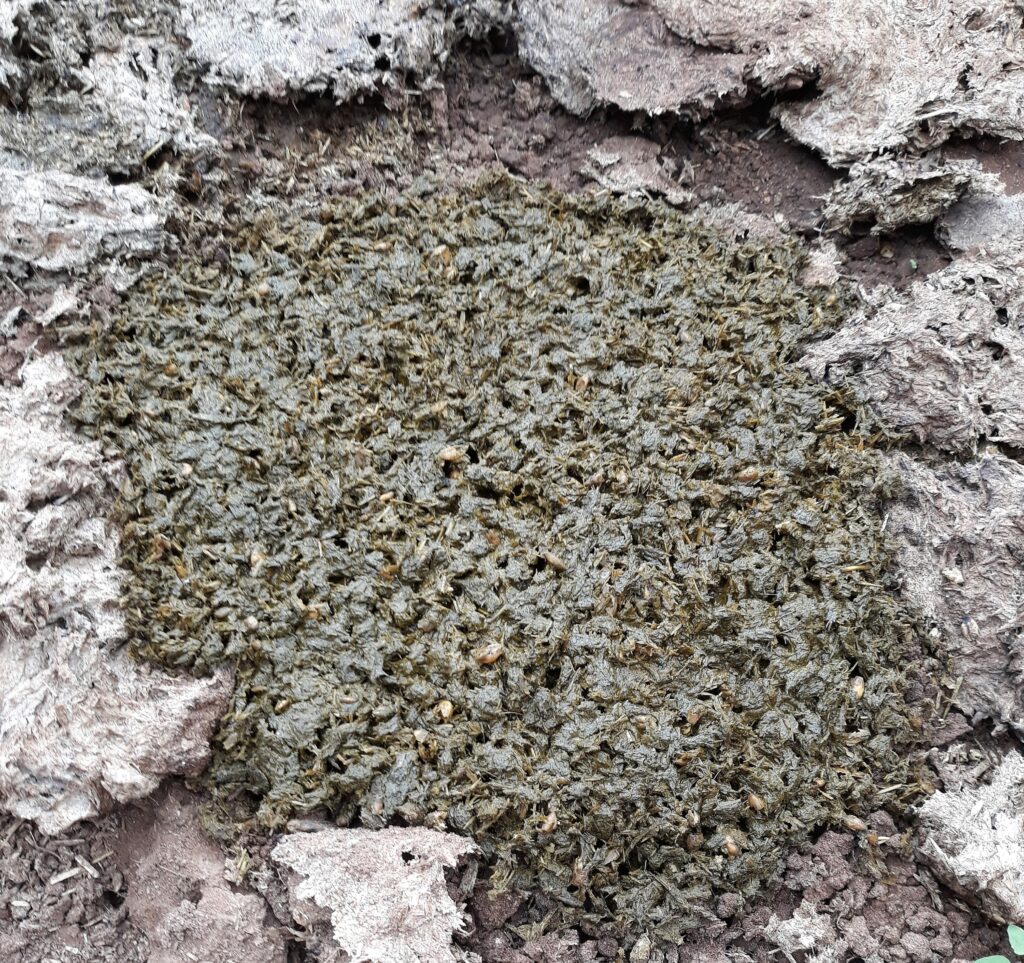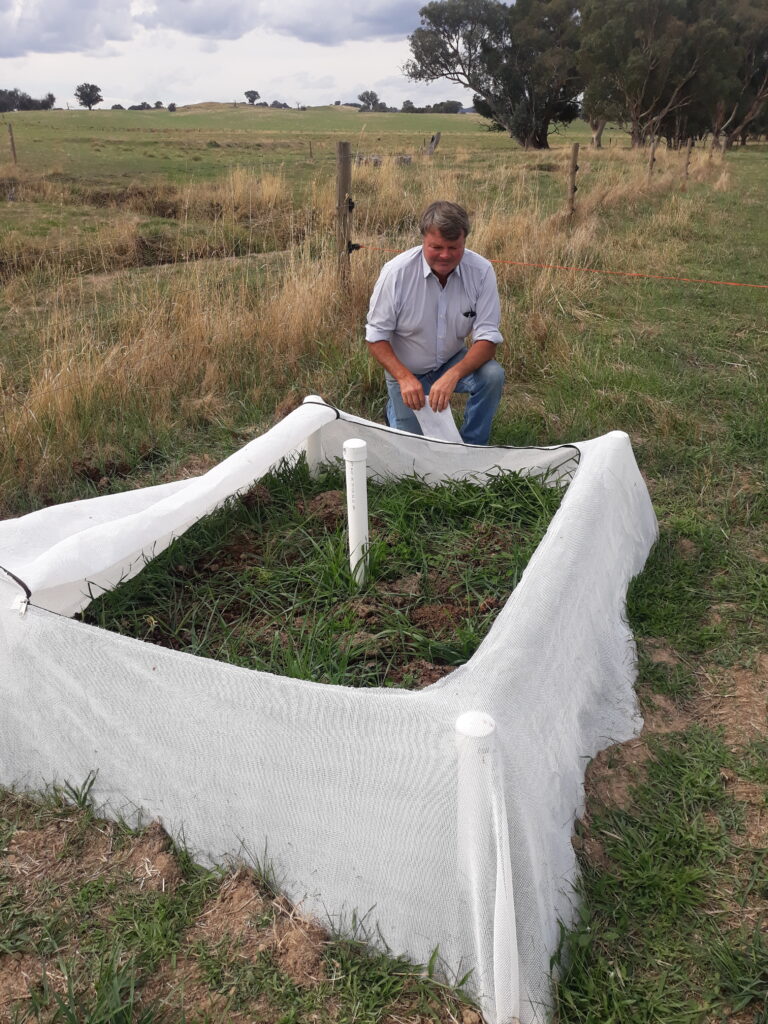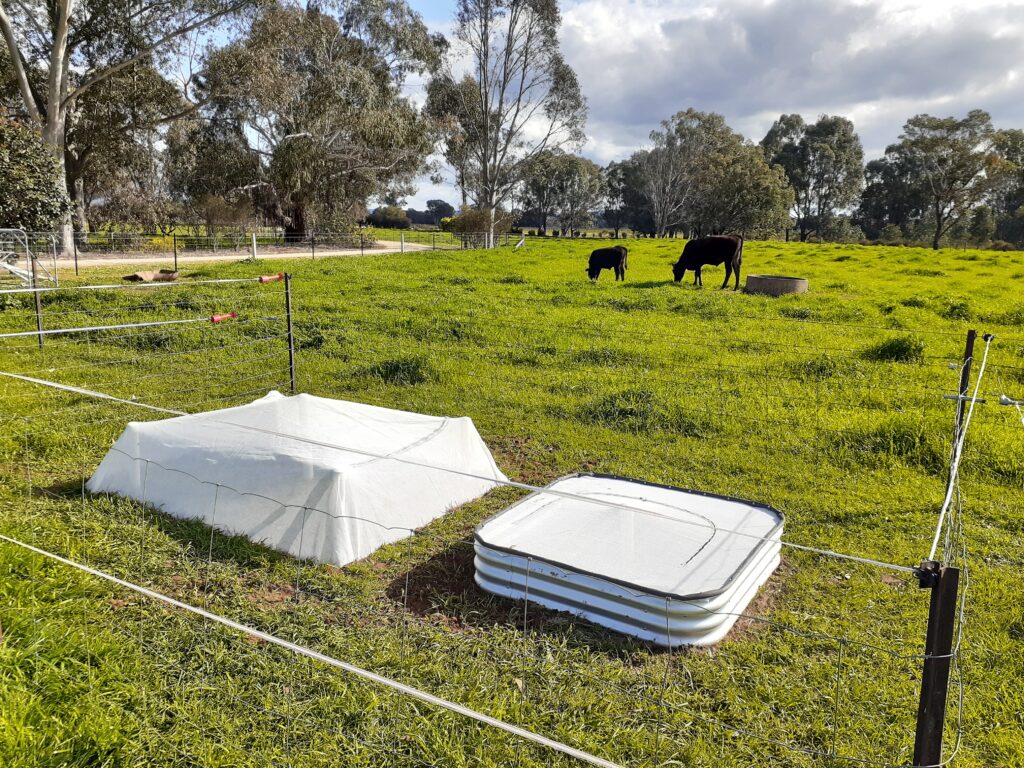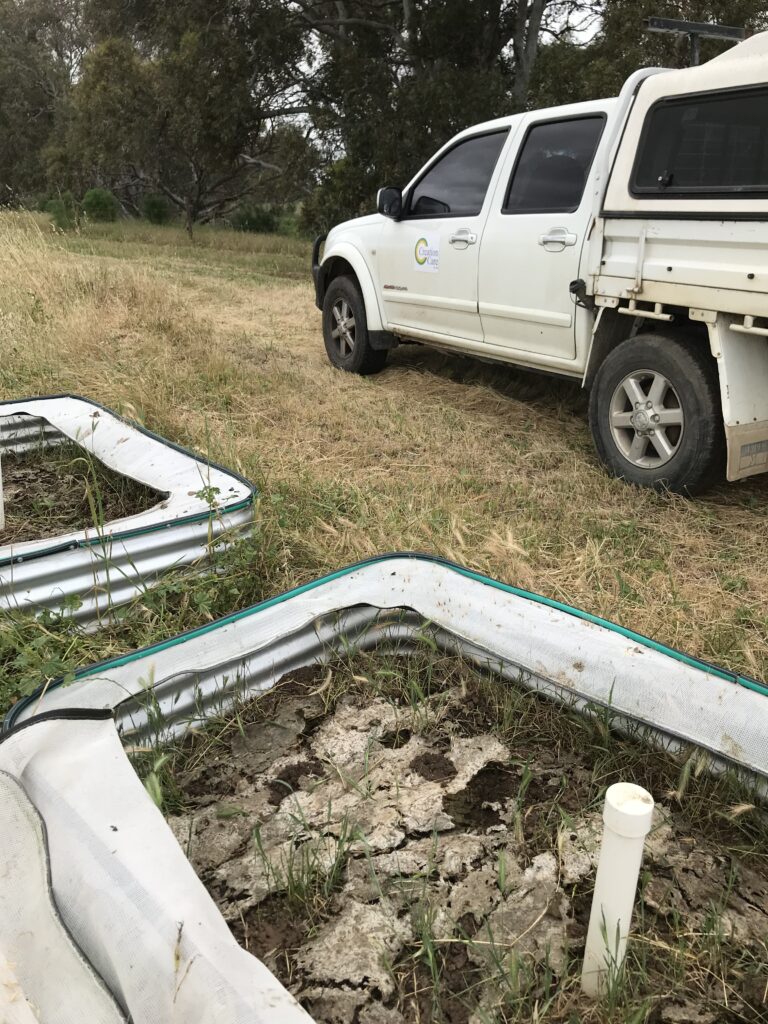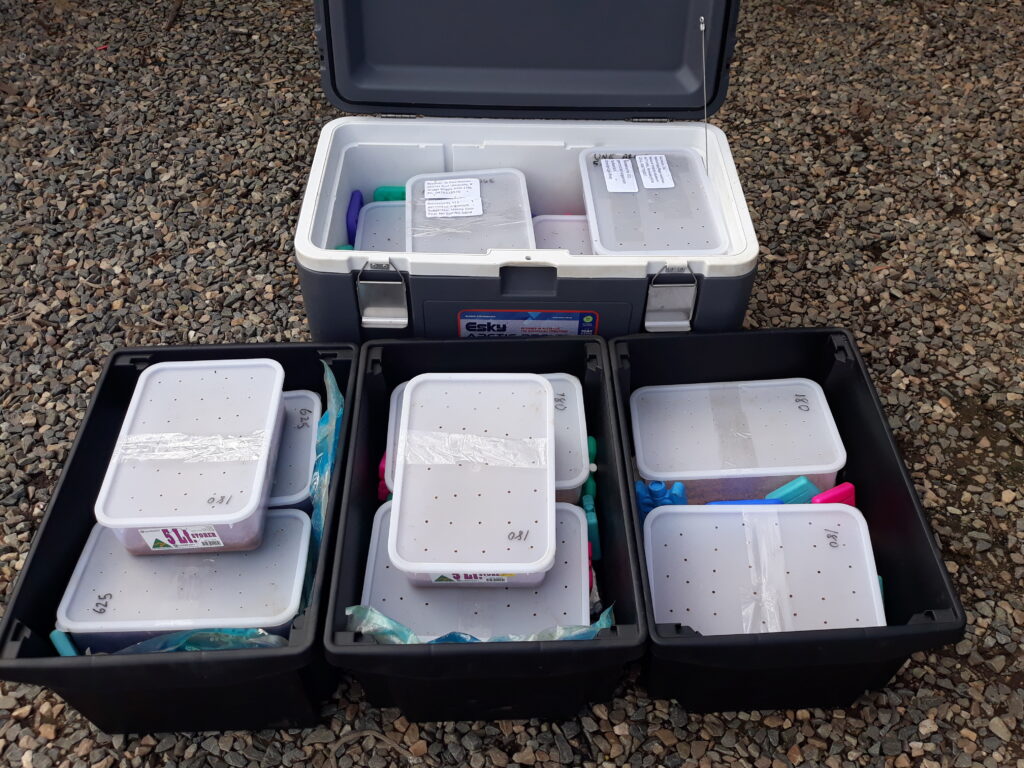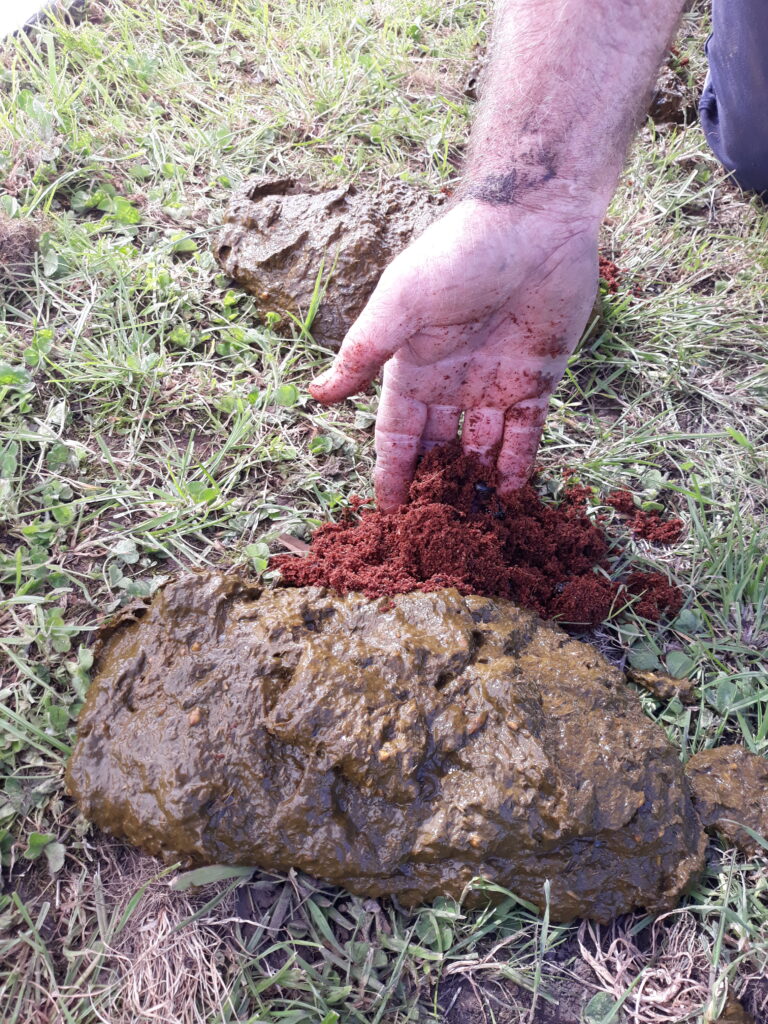Dung Beetles
Why buy dung beetles?
"Restore the Soil: Prosper the Nation" are the words, and the vision, of Major General Michael Jeffrey, the 24th Governor General of Australia, the federally appointed National Soils Advocate from December 2012 to August 2020, and the founder of Australia's Soils for Life program.
Healthy and productive soil is the foundation for agricultural productivity, sustainability and food production.
At Creation Care, we believe dung beetles have a major role in "restoring the soil and prospering the nation".
By using dung beetles to bury cattle dung, there is the potential in Australia to:
* Increase pasture dry matter by up to 30% (1) in many regions of Australia.
* Increase soil carbon levels and improve soil health (2). There is the potential to place millions of tonnes of carbon, nitrogen and other nutrients contained in cattle dung, into the soils, every year, across Australia.
Other benefits of Dung Beetles include:
* Reduction of fouled unpalatable pasture around dung pads
* Reduction of bush fly levels
* Anecdotal evidence of savings on pasture fertilizer costs
* Anecdotal evidence of savings on cattle drench costs, due to dung beetles interrupting the life cycle of cattle intestinal parasites
1. MLA Report B.ERM.0211. “The pasture growth and environmental benefits of dung beetles to the southern Australian cattle industry. Meat and Livestock Australia.
2. “Dung Down Under” (2014) by Bernard Doube and Tim Marshall.
Beetle supply
We have beetle colonies available for paddock release of:
- Bubus bison: Winter-active
- Onthophagus taurus and Euoniticellus fulvus: Summer-active mix
- Bubus bubalus: Spring-active
- Onthophagus vacca: Spring-active

Are dung beetles already present?
Different dung beetle species are active at different times of the year and in different site conditions. So, when you know what you have, you can work out which months of the year or parts of the property still need dung beetles.
If the cattle dung is quickly disappearing it is highly likely there are dung beetles present. You may see beetles flying between dung pads or signs of dung beetles such as:
- the dung being eaten or buried ("worked up")
- soil casts next to a dung pad or
- tunnels under a dung pad
Beetles can also be collected by using traps. A simple trap involves a piece of shade-cloth on the ground with fresh dung on the shade-cloth. Beetles will fly to the dung, but the shade-cloth acts as a barrier and the beetles will not be able to bury themselves in the soil. A day after setting up this trap, turn the dung pad over and search for beetles in the upturned dung.
A good resource to help identify any dung beetles find is the “Dung Beetle Ecosystem Engineers” online database for dung beetle identification:
https://www.dungbeetles.com.au/species
Or email us photographs and we will try to assist with identification.
More information can be found in our factsheet Which Dung Beetle Species For My Property
Activity periods

Paddock release or dung beetle nursery
Paddock releases
The historical method of spreading dung beetles is to release a colony of about 1,000 beetles onto new farms. The benefits of this approach are that it takes relatively little time and allows beetles to get to work and start breeding immediately.
On-farm nurseries
Beetle nurseries are another method, whereby a small number of beetles (100 to 200) are bred up in a small "tent" for a season and then released. The benefits of this method are it is a reusable system. The tent can be closed up again after the release and new brood balls should be in the soil that will develop into adult beetles the next season so many generations of beetles can be bred and released with this system. Only 100 - 200 beetles are need per farm instead of releasing a colony of up to 1,000 beetles.
Managed on-farm nurseries eliminates the risk of releasing 1,000 beetles in an open paddock during drought or floods in which the beetles may not survive well.
The disadvantage is this method is a lot more labour intensive and requires feeding the beetles with fresh dung regularly when they are active.
Receiving and releasing beetles
The process of introducing dung beetles to your farm is relatively simple.
Once we have your order, we will arrange a date to dispatch the beetles to you using express shipping. The aim is to transport the beetles quickly so they don't go too long without food or become too stressed.
It is best to release the beetles as soon as possible. If you can't release them the day of delivery keep them in a cool shaded place until you are able to do so. If you need to wait more than a day or so to release them please contact us for advice on storing and feeding them.
We will provide a factsheet with detailed information on releasing the beetles when you place your order.
Basically, beetles are released directly onto or adjacent fresh (drench-free) dung pads. Ideally beetles will be released in a relatively close area with a handful of dung beetles released onto each dung pad. A lot of dung is required for this process so you may want to keep stock in a smaller paddock before and during the beetles' release, so they have plenty of food to get them started.
Further information
Consider your Dung Beetles when using Parasiticides.pdf (wicc.org.au)
Dung Beetle Solutions International - Dr Bernard Doube
SOILCAM: The Dung Beetle Expert - John Feehan
Dung Beetle Ecosystem Engineers
Meat and Livestock Australia
Disclaimer
The information on this website is accurate to the best of our knowledge. Creation Care Pty Ltd does not accept liability for any loss of damage incurred as a result of reliance on the information or advice provided on this website or incorporated into it by reference. The information is provided on the basis that all persons accessing this website undertake responsibility for assessing the relevance and accuracy of its content. We accept no responsibility for the accuracy of information contained in linked external websites.
The copyright in this website and the material on this website (including without limitation the text, computer code, artwork, photographs, images, audio, visual and audio-visual material is owned by Creation Care Pty Ltd.

